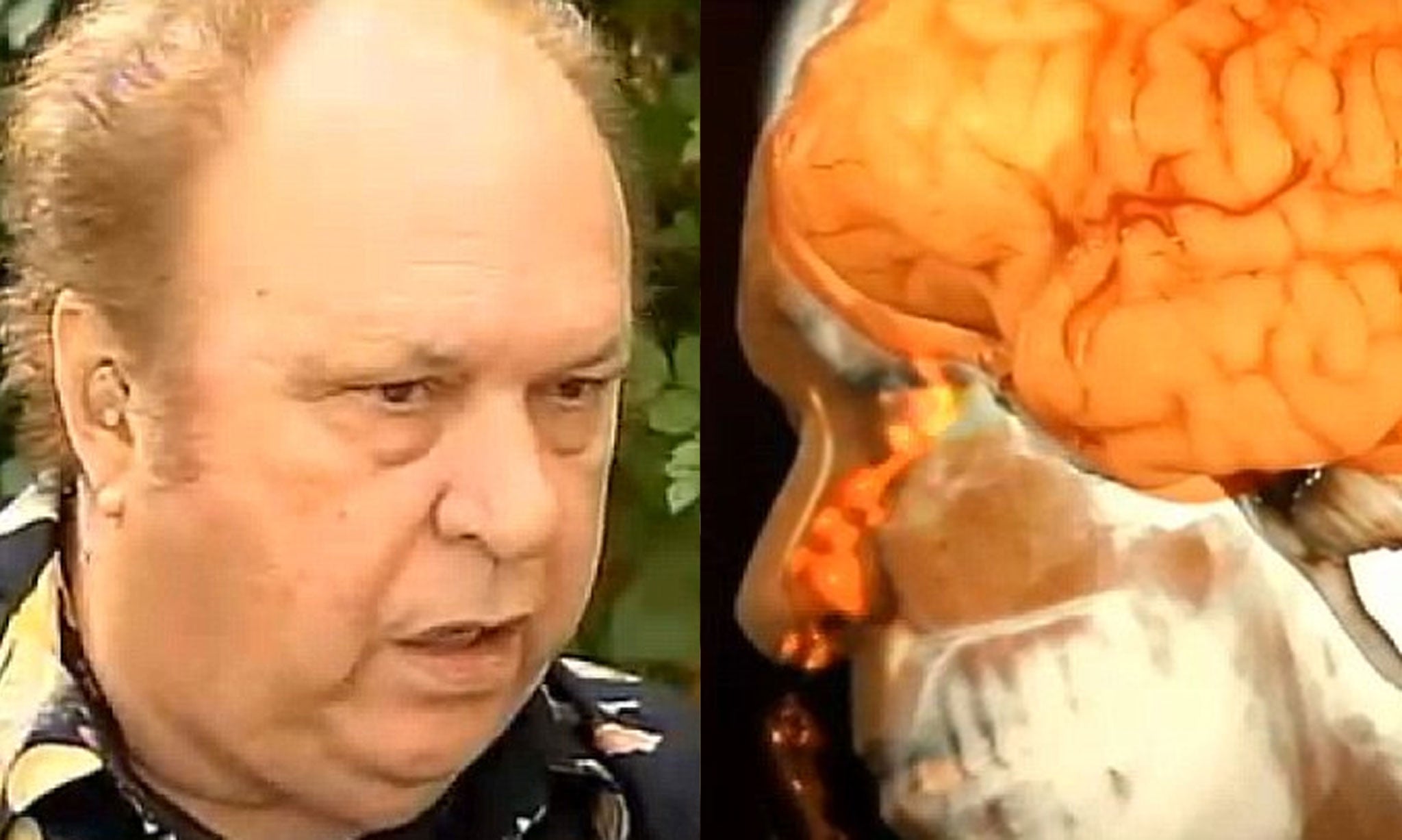
Cranial CT revealed a defect of the left cribriform plate was observed ( Figure 2A). For contrast-enhanced imaging, the dog was administered with 2 mL/kg of non-ionic contrast medium (Ominipaque, GE Healthcare, Chicago, IL). The CT scan (Activion16, Toshiba Medical Systems, Tochigi, Japan) was performed with a pitch of 0.9 mm, scan thickness of 0.5–2.00 mm, 100 mA, and 120 V. No other cerebral parenchymal lesion was observed. No signs of contrast enhancement were observed on postcontrast T1WI ( Figure 1D). Also observed were the olfactory recess of the left lateral ventricular enlargement and irregular hyperintensity around the olfactory recess of the left lateral ventricle ( Figures 1A–C). Brain MRI revealed irregularities in the left cribriform plate compared to the right cribriform plate ( Figures 1E,F). The sequences included T2-weighted images (T2WI TR, 2,800 ms TE, 120 ms) of transverse and sagittal views, fluid-attenuated inversion recovery (FLAIR TR, 6,900 ms TE, 120 ms) of transverse view, T1-weighted images (T1WI TR, 300 ms TE, 14.3 ms) of transverse view, and postcontrast T1WI (gadoteridol, 0.2 mL/kg intravenous administration) of transverse view.

MRI was performed using a 0.4 T unit (APERTO Inspire version V5.0M Hitachi Healthcare Systems, Osaka, Japan). Anesthesia was induced by propofol (MSD Animal Health, Tokyo, Japan) at a dose of 5.0 mg/kg and was maintained by isoflurane (MSD Animal Health). The lesion was localized to the cerebrum or diencephalon.ĬT and MRI were undertaken to examine the cerebrum and diencephalon. Based on these findings, the differential diagnoses were neoplasia, inflammation, idiopathic, anomaly, or vascular disease. No other abnormalities were found upon neurological examination. Mydriasis of the right eye due to adhesion of the iris and the lens was observed. Mental status was alert during the neurological examination.

Hematology and serum biochemistry results were unremarkable. After generalized seizures, post-ictal signs including transient circling and mild ataxia was observed. Loss of consciousness was noted during seizure, and subsided in less than 1 min. Generalized seizures occurred seven or eight times a day. Case PresentationĪ 12-year-old 1.5 kg entire male Yorkshire terrier was referred with a history of acute onset of seizures 1 day before admission. We describe a case of suspected CSF rhinorrhea in a dog of which discharge was shown to contain brain-type transferrin. In contrast to human medicine, diagnostic criteria for CSF rhinorrhea have not yet been established for dogs. Suspected or confirmed CSF rhinorrhea has been reported only sporadically in dogs ( 7, 8).

Analysis of nasal secretions in order to determine the concentration of glucose and brain-type transferrin has been widely used clinically in order to confirm the presence of CSF rhinorrhea. In humans, diagnostic imaging including computed tomography (CT) and magnetic resonance imaging (MRI) have been used, and diagnosis can be made through nasal inspection and laboratory tests of the fluid ( 6). Non-traumatic causes in humans are associated with neoplasia, inflammation, or congenital skull malformation, or are classified as idiopathic. Causes are classified as traumatic and non-traumatic, and traumatic causes are more common in humans ( 3– 5). CSF leakage requires presence of a communication between the subarachnoid and extracranial space through the skull base ( 2).

The concentration of glucose and brain-type transferrin could be useful for diagnosing CSF rhinorrhea.Ĭerebrospinal fluid (CSF) rhinorrhea is a type of CSF leakage ( 1). Serum-type and brain-type isoforms of transferrin were detectable in the nasal sample. The glucose concentration in the nasal discharge was 74 mg/dL. In humans, analysis of nasal secretions to determine the concentration of glucose and brain-type transferrin has been widely used clinically in order to confirm the presence of CSF rhinorrhea. Cerebrospinal fluid (CSF) rhinorrhea was suspected, based on clinical signs and MRI findings.


 0 kommentar(er)
0 kommentar(er)
